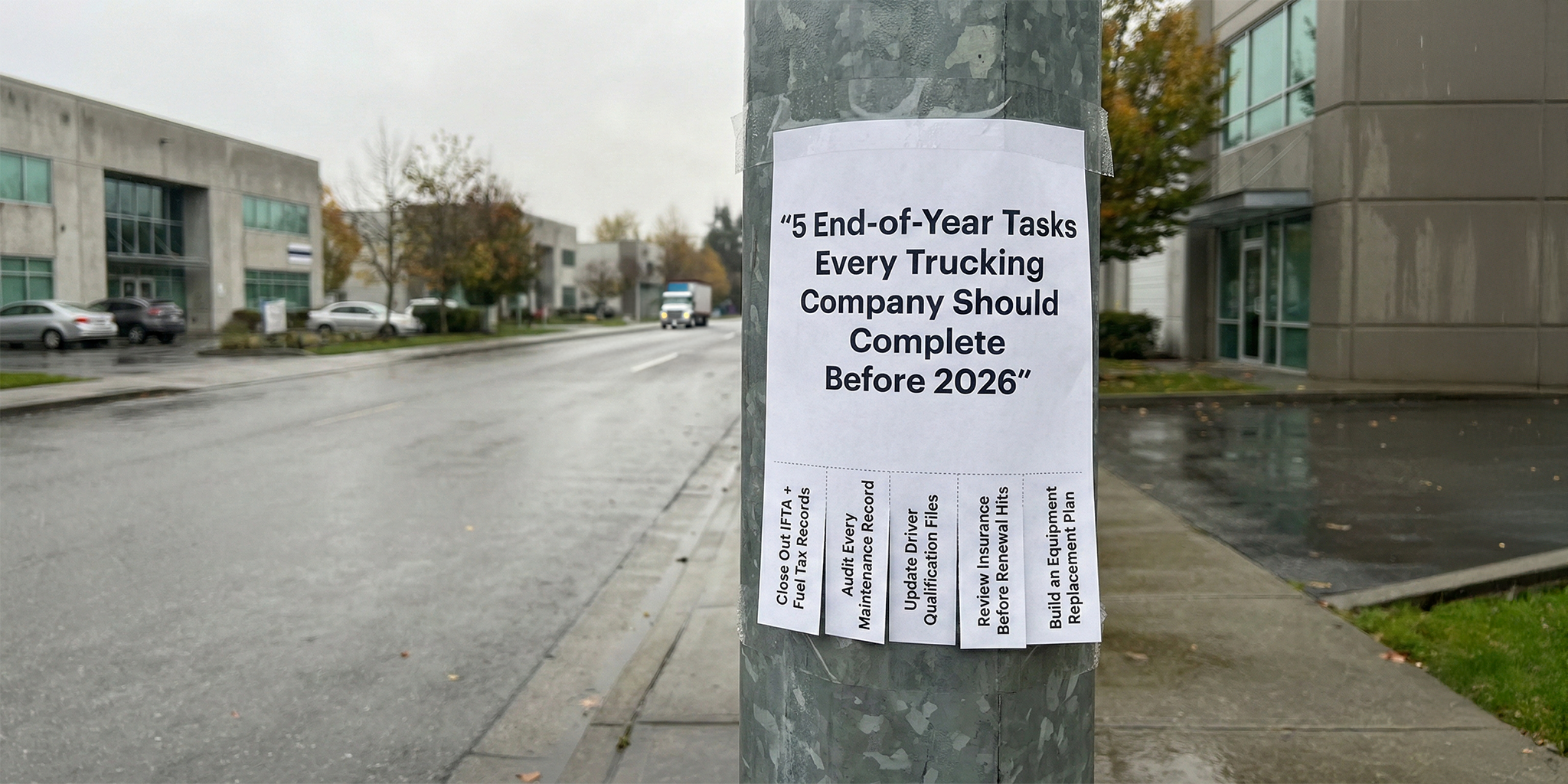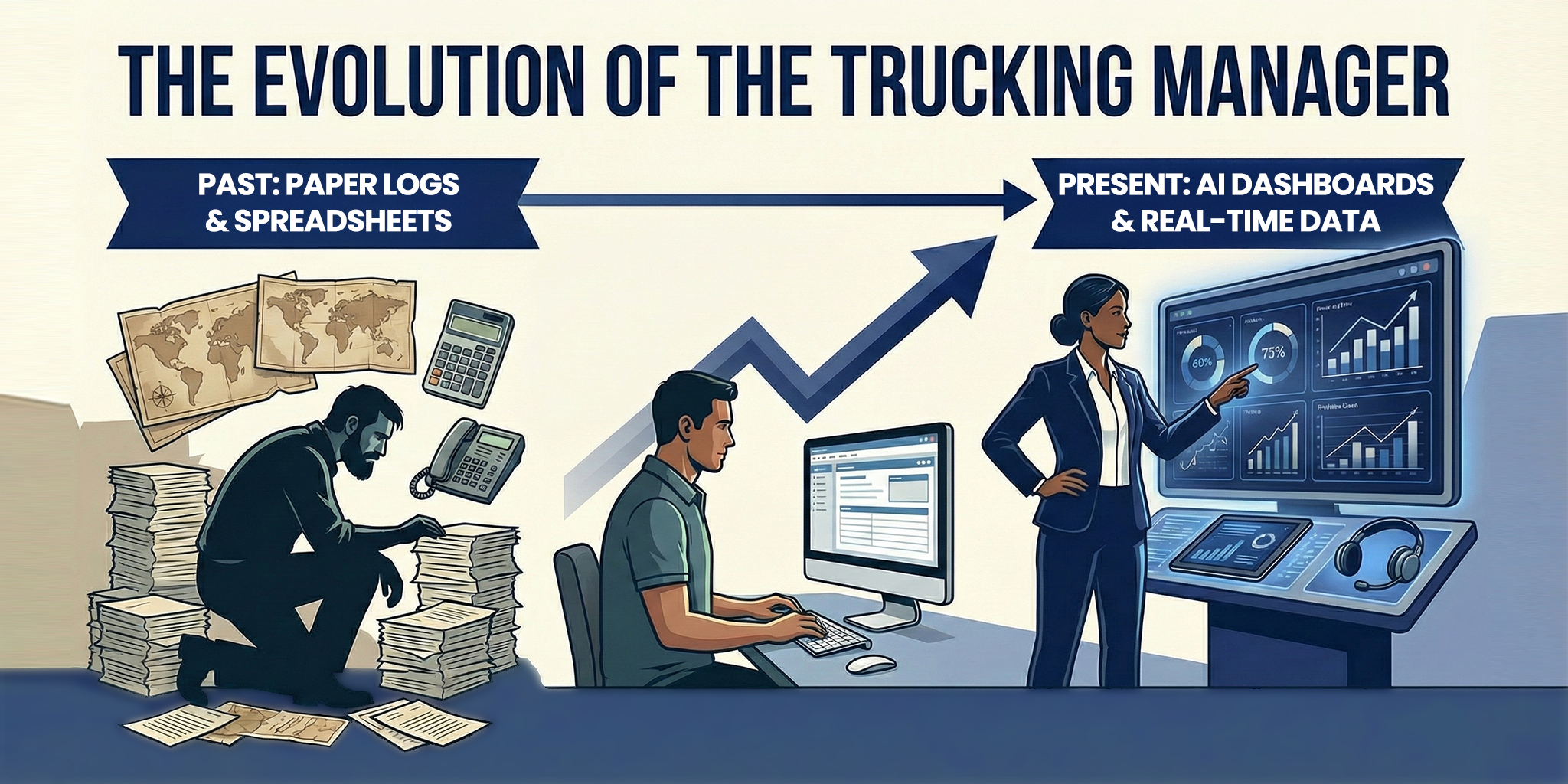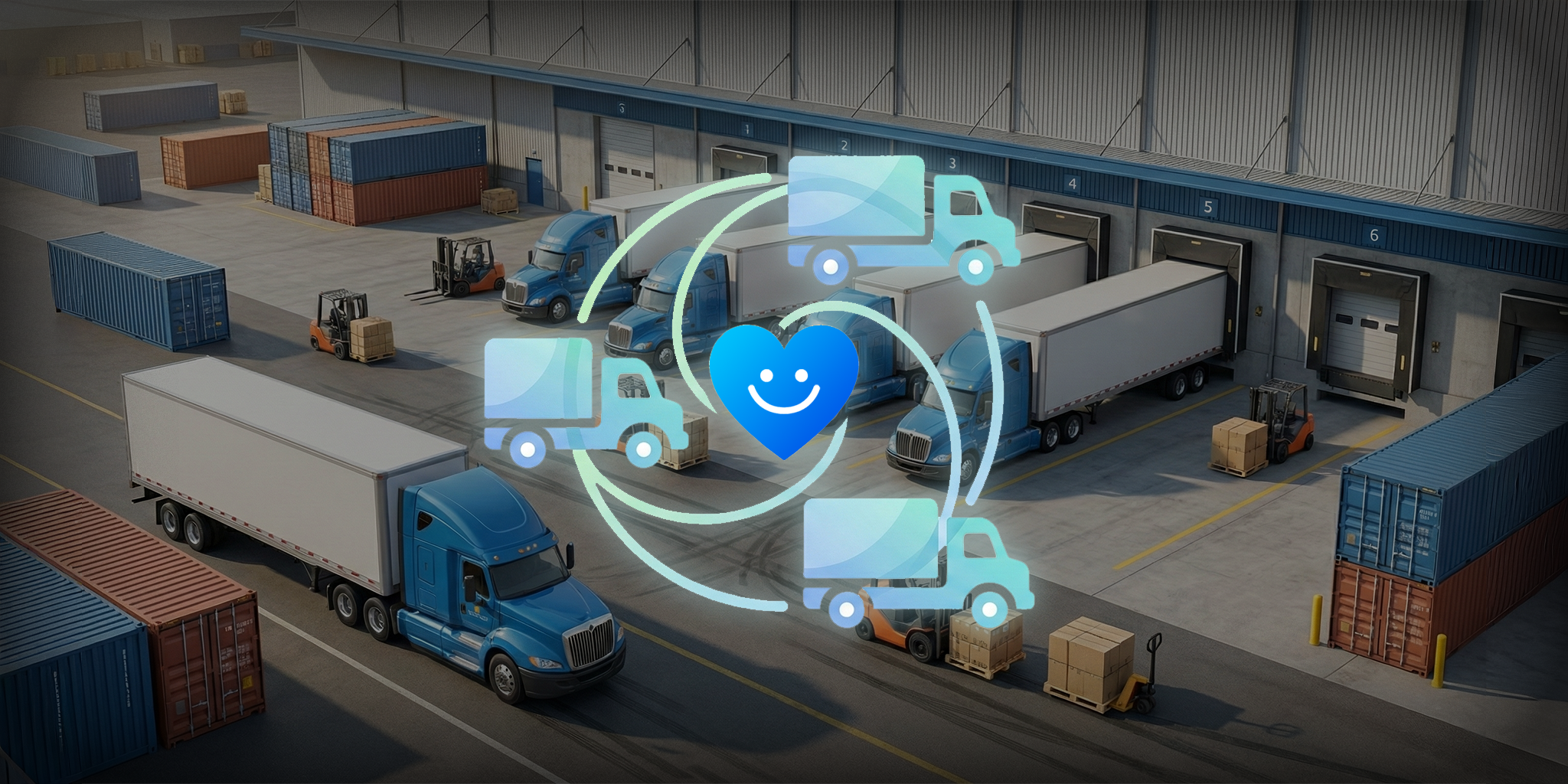by Justin Lu, CEO & Co-Founder of Truckpedia
As the CEO of a transportation technology company that works closely with utility and heavy-haul fleets, I’ll say this plainly: most TMS platforms weren’t built for you. And the longer you try to force-fit your operation into a system built for general freight, the more it costs you—in margin, time and growth.
The Utility Trucking Market in 2025: Pressure from All Sides
This year is unlike any before it. You’re navigating tighter regulations, a contracting freight market, and ballooning operating costs. But for utility carriers, the pressures are magnified:
- New English proficiency mandates for drivers are now in effect. Roughly 10% of your workforce may be out of compliance.
- State-level emissions mandates are kicking in, like New York’s Advanced Clean Trucks rule. The infrastructure isn’t ready. The budget isn’t there.
- Port activity is down. Cargo volumes at LA and Long Beach could drop 35%. That’s real revenue disappearing from the map.
- And cost per mile? It’s now $2.25—before you even make a dime.
Utility fleets operate in a different league. You're dealing with oversized assets, jobsite complexity, multi-party coordination, and staging—none of which fits inside a traditional freight model. So why are you still using a traditional TMS?
Traditional TMS Platforms Weren’t Built for the Utility World
Let’s be honest—most platforms out there assume a single customer, A-to-B move. That’s not your world. You’ve got:
- Loads split between customers
- Drivers handing off mid-route
- Equipment that’s anything but standard
- Invoicing processes held together with duct tape and spreadsheets
Sound familiar? You’re not alone. We hear it every week:
“Looked slick during the demo. But once we tried to
run multi-pick loads? The system broke.”
— COO, regional utility hauler
“No logic for how we bill—scale tickets,
surcharges, accessorials—it’s all manual.”
— Billing Manager, heavy-haul carrier
These gaps aren’t minor—they’re margin killers.
The 4 Biggest Risks Utility Carriers Face with the Wrong TMS
1. Missed Revenue from Multi-Customer Loads
Most systems can’t split or consolidate loads across customer accounts. That means missed billables, manual workarounds, and revenue left on the table.
2. Routing Blind Spots
You’re not routing dry van freight. You’ve got site-specific clearance restrictions, crew relay handoffs, and assets that require staging. A traditional TMS doesn’t know how to handle any of that.
3. Manual Invoicing Chaos
When your team is spending 3 hours to bill 5 customers from one load, that’s not a system—that’s a liability. You need scale ticket automation, surcharge logic, and contract-based billing baked in.
4. Compliance Risk
Driver mandates. Emission rules. Asset tracking. If your TMS isn’t built to log, flag, and enforce compliance rules—you’re exposed.
What a Purpose-Built TMS for Utility Trucking Should Do
You don’t need more “features.” You need functionality that matches your reality. Here’s what we’ve built—and why it matters.
Multi-Customer Routing
Optimize staged, multi-drop loads across customer accounts without breaking your billing model.
Staging & Relay Support
Automate driver handoffs across long-haul routes while maintaining full load and document integrity.
Specialized Equipment Tracking
Boom trucks. Pole trailers. Digger derricks. Track, assign, and maintain them with precision—no more lost time or mismatched assets.
Automated Invoicing
Split scale tickets. Apply fuel and accessorials automatically. Send accurate invoices within hours, not days.
What You Gain With the Right System
When you stop forcing a square peg into a round hole, things change. I see it first-hand with the utility trucking companies that use Truckpedia TMS everyday:
- 90% faster invoice generation
- 100% visibility into per-load and per-customer profitability
- 15–30% boost in asset utilization
- Fewer billing errors. Happier customers.
Final Word: Take the Wheel
As CEOs, our job is to protect margin, reduce risk, and scale intelligently. A generic TMS isn’t a growth strategy—it’s a drag on your entire operation.
If your team is still stitching together spreadsheets to make up for TMS gaps, it’s time to call it what it is: a liability.
Don’t wait for the next missed invoice, compliance fine, or lost customer to force your hand. Take control now—with a system built for how you actually run your fleet.
Your operations aren’t standard. Why should your software be?


